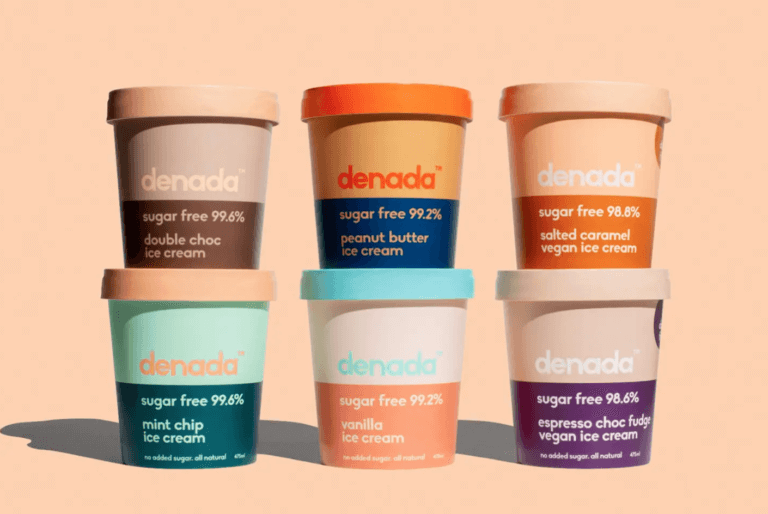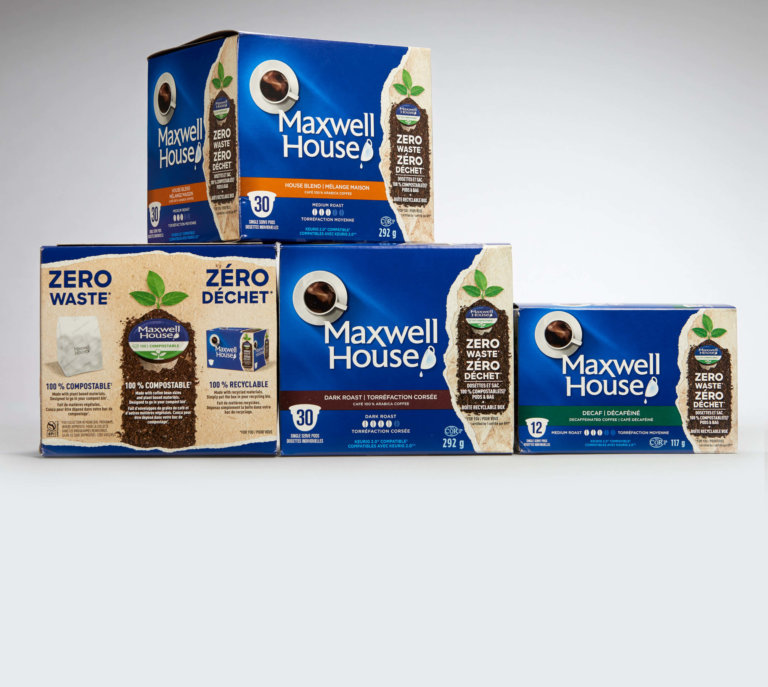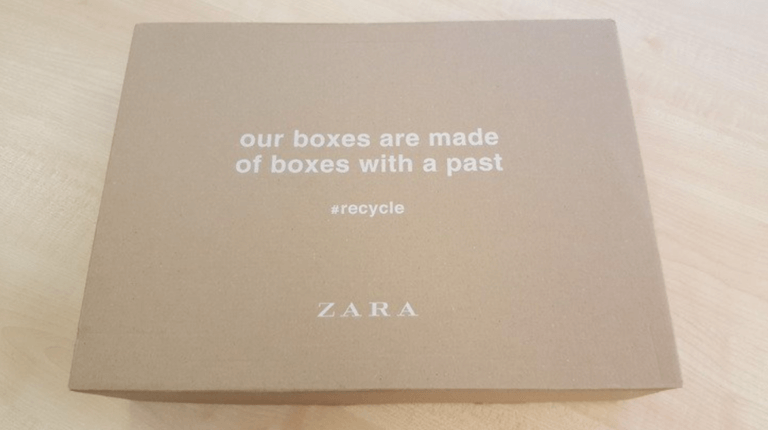The growing public demand to reduce wasteful packaging materials that harm the environment is forcing businesses to look elsewhere. Consumer packaged goods (CPG) companies are shifting to more sustainable packaging, signaling the end of the era of single-use plastic. Straws, plastic cutlery, takeout containers, six-pack rings, and other plastic packaging are being phased out around the world. With more people opting for eco-friendly alternatives, the packaging industry requires innovative sustainable solutions.
Plastic bag bans are just the beginning, and CPG companies are actively seeking more sustainable and efficient packaging solutions. In this article, we will look at some of the most recent trends in packaging waste reduction.
Minimalist Packaging
Many CPG companies are embracing minimalist packaging as part of the trend toward reducing packaging waste. The goal is to reduce package materials while maintaining a visually appealing design appearance. It can take several forms, including the use of smaller boxes and the removal of excess layers of plastic or cardboard. Many businesses have discovered that by embodying simplicity and transparency, this approach provides a cost-effective way of branding.
Minimalist packaging entails using as few materials as possible to package a product while still ensuring its safety and aesthetic appeal. This conserves valuable resources such as trees and oil while reducing a company’s waste. Minimalist packaging can also save money on disposal fees and waste management while lowering the carbon footprint. Companies like Carbon Click aims to help individuals and businesses lower their carbon footprint.
Aside from environmental benefits, minimalist packaging appeals to consumers on an aesthetic level. Simple and elegant packaging designs can have a big impact and help build brand recognition and loyalty. Using natural, non-flashy packaging also conveys authenticity and aids in the establishment of a trustworthy image.


Image Source: Denadaco
Biodegradable and Compostable Packaging
Our study on The Future of Sustainable Packaging identifies biodegradable and compostable packaging materials as one of the best ways to reduce waste. Renewable resources such as corn, sugarcane, and potato are used in these eco-friendly alternatives. Unlike traditional plastic packaging, these plant-based materials are environmentally friendly because they degrade naturally, reducing waste in oceans and landfills.
Biodegradable and compostable packaging is becoming increasingly popular in the food and beverage industries, and the good news is that these materials are becoming more accessible and affordable. This facilitates the transition of businesses and consumers to more environmentally friendly options. We can expect to see a shift towards a more sustainable and responsible packaging industry as more people become aware of the benefits of biodegradable and compostable packaging materials.
Maxwell House is an excellent example of a company that has made a significant impact by using compostable packaging. In response to the negative environmental effects of plastic coffee pods, they introduced an innovative zero-waste design. Maxwell House attracted a new group of environmentally conscious customers and set an example for other businesses to follow by introducing 100% compostable pods.


Image Source: SLD
Reusable Packaging
The reusable packaging trend entails creating multipurpose packaging, such as refillable containers or reusable shopping bags. The growing trend appeals to environmentally conscious consumers who want to reduce their environmental impact. Many companies, including Loblaws and Sobeys, are now offering reusable containers for laundry detergent, cleaning supplies, and dried goods, encouraging repeat purchases and fostering brand loyalty.
Reusable packaging can be made of a variety of materials, including glass, metal, and long-lasting plastics. Companies design these products to be long-lasting and durable, making them an excellent alternative to wasteful single-use packaging. Individuals and businesses can significantly reduce the amount of waste they generate by reusing packaging. Any company that wants to reduce its environmental impact and save money should opt for reusable packaging.
This simple but effective practice has the potential to significantly reduce the amount of waste that ends up in landfills, thereby preserving natural resources for future generations. We can expect to see more innovative and eco-friendly reusable packaging options in the future as more people become aware of the benefits of this trend.
Sustainable Sourcing through Recycled Materials
Sustainable sourcing entails using environmentally friendly materials that are responsibly sourced and manufactured, thereby supporting an ethical and sustainable supply chain. One of the primary goals of sustainable packaging sourcing is to reduce the use of nonrenewable resources, such as virgin materials. Recycled paper, cardboard, and bioplastics can extend the life of previously used resources while lowering the company’s carbon footprint.
Working with suppliers who prioritize fair wages and safe working conditions is critical to ensuring that materials are sourced in a socially responsible manner that supports fair labor practices. Sustainable sourcing can help local communities by promoting economic development and preserving natural resources. Businesses aiming to improve their carbon footprint and align with consumer demands for sustainable practices should consider Pavilion Earth’s promotional products. These environmentally friendly options not only position your brand as a steward of the environment but also distinguish it from the competition.
These alternatives are better for the environment, but they may be more expensive than traditional material practices that adhere to the linear take, make, and waste model. While some businesses are hesitant to invest in sustainable sourcing, many others are recognizing the importance of sourcing for packaging and implementing these eco-friendly practices. Sustainable sourcing is likely to become even more important in the coming years as consumers prioritize sustainability and ethical business practices.


Image Source: Zara
The Takeaway
The end of plastic bags is just the start of a larger effort to reduce plastic pollution. Many people are becoming aware of the limitations of North American recycling infrastructures in terms of handling and processing recycled materials, resulting in an increased demand for change.
According to our Circular Economy study, investing in circular services will result in a positive ROI by improving customer retention, loyalty, and sentiment. More than 40% of respondents reported that offering circular services improves their store perception, demonstrating that transitioning to sustainable packaging is an effective marketing mechanism. Ultimately, the goal is to transition to a more circular economy that reduces waste. All stakeholders must work together to develop new, sustainable packaging options for a greener future.

